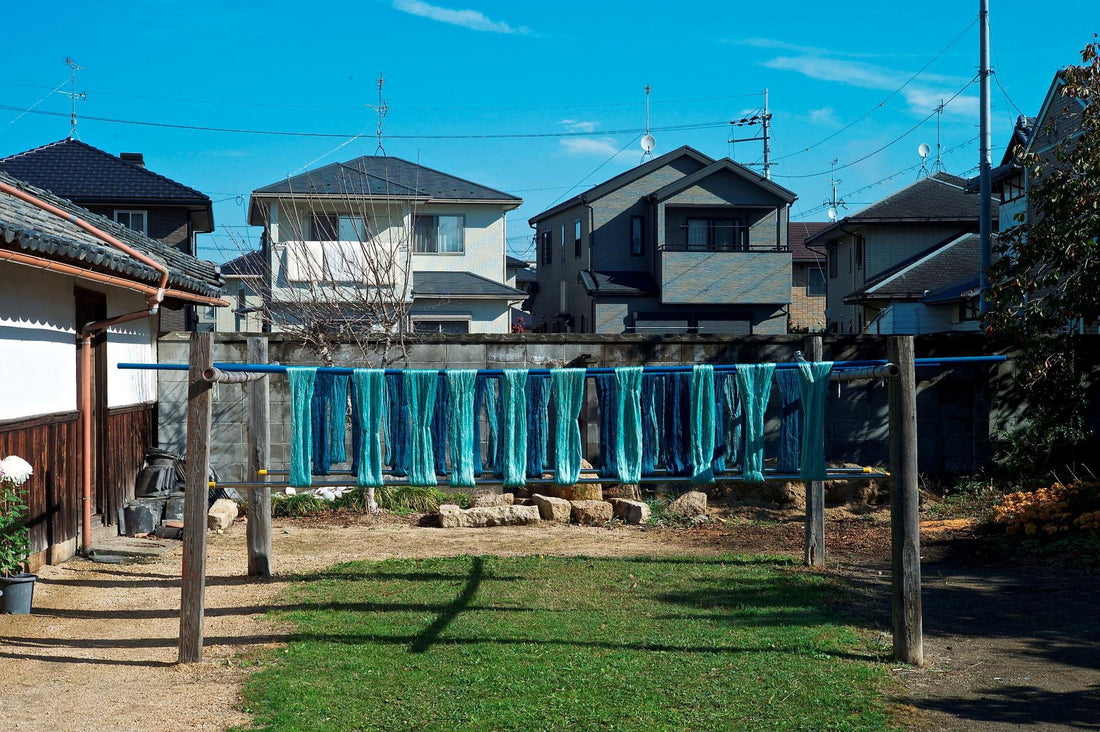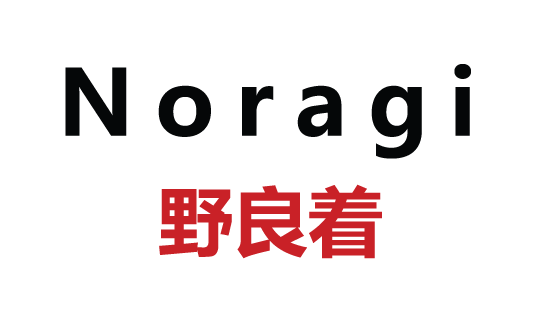
Brief History of Textile Production in Japan
Share
During the Edo period, Japan was largely isolated from the rest of the world under the Tokugawa shogunate.
This period saw the flourishing of various arts and crafts, including textile production, this was done locally, with many regional variations in the fibres use. Wisteria, nettle, hemp and banana leaf fibre are some of the fibres used before cotton production, and dyes were often natural like persimmon, turmeric, tree barks and the most famous natural indigo dye (Aizome) which imparts a rich deep blue onto fabrics and is produced from the leaves of the Indigo plant, Persicaria tinctoria. its popularity dates back to the Edo period (1603-1868), when brighter colours were reserved for the higher social classes. The lower classes were also banned from wearing silk which left cotton as the only option, so aizome and cotton made a durable team. By the 17th century, Indigo had become widely regarded not just for its robust colour, but also its antibacterial and insect-repellent properties.
Isolation also meant that resources were limited, so the Japanese developed a culture of recycling and repurposing materials as hand weaving fibres was a time consuming process. This practice extended to fabrics, where old garments were mended and reinforced using patchwork technique called boro, The term is derived from the Japanese term "boroboro", meaning something tattered or repaired, and sashiko stitching. Cotton manufacturing came in quite late, and even when introduced maintained a premium price, meaning the average worker could not afford this luxury fabric and there was still a strong trade up the coastal routes in scrap cotton and other fabrics.
This period saw the flourishing of various arts and crafts, including textile production, this was done locally, with many regional variations in the fibres use. Wisteria, nettle, hemp and banana leaf fibre are some of the fibres used before cotton production, and dyes were often natural like persimmon, turmeric, tree barks and the most famous natural indigo dye (Aizome) which imparts a rich deep blue onto fabrics and is produced from the leaves of the Indigo plant, Persicaria tinctoria. its popularity dates back to the Edo period (1603-1868), when brighter colours were reserved for the higher social classes. The lower classes were also banned from wearing silk which left cotton as the only option, so aizome and cotton made a durable team. By the 17th century, Indigo had become widely regarded not just for its robust colour, but also its antibacterial and insect-repellent properties.
Isolation also meant that resources were limited, so the Japanese developed a culture of recycling and repurposing materials as hand weaving fibres was a time consuming process. This practice extended to fabrics, where old garments were mended and reinforced using patchwork technique called boro, The term is derived from the Japanese term "boroboro", meaning something tattered or repaired, and sashiko stitching. Cotton manufacturing came in quite late, and even when introduced maintained a premium price, meaning the average worker could not afford this luxury fabric and there was still a strong trade up the coastal routes in scrap cotton and other fabrics.
